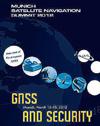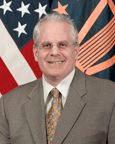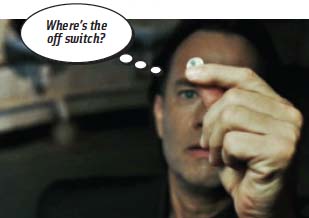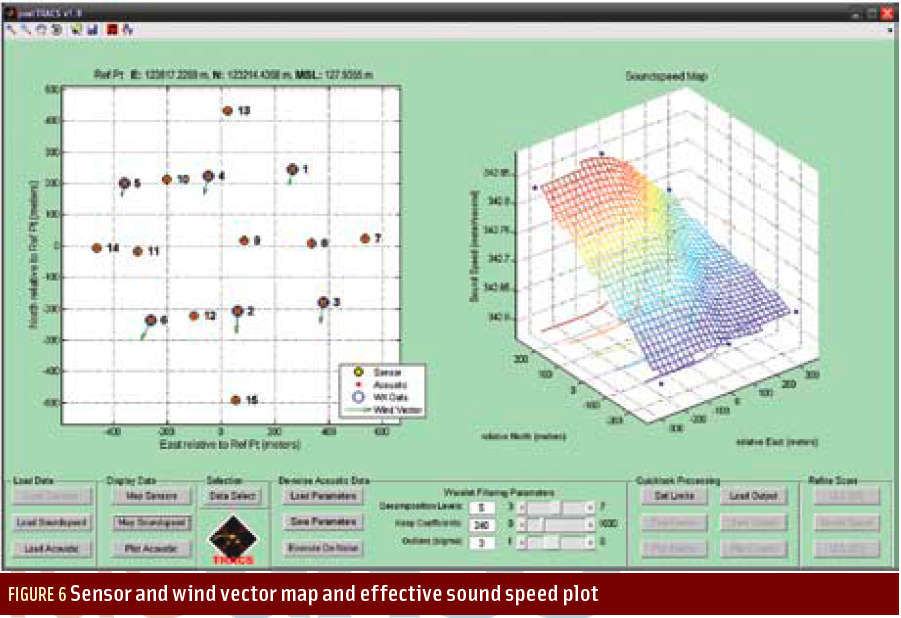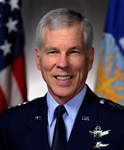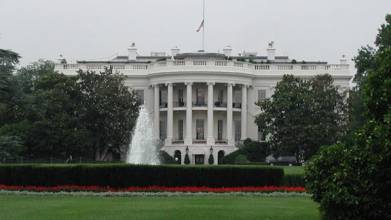Register Now for the 2012 GPS Partnership Council at Los Angeles AFB in May
 GPS Partnership Council golf competition (USAF photo by Joe Juarez)
GPS Partnership Council golf competition (USAF photo by Joe Juarez)Registration is open for the 2012 GPS Partnership Council meeting at the USAF Space and Missile Systems Center, Los Angeles AFB, on Tuesday, May 1 and Wednesday, May 2. As always, participants can compete in a golf tournament on an optional third day of networking and camaraderie on Wednesday, May 3.
The registration deadline is April 27.
By Inside GNSS
